Friends and family in the Midwest tell me is is hot and sticky there, too hot for makeup, they say. Hello, have we met? True, items like coverup or bronzer have a way of melting off my face but, for me, it’s never too hot for lipstick.
I’ve been experimenting with ColorSensational lip color by Maybelline. Ruby Star, though it looks a bit autumnal in the tube, turns out to be a great neutral. Not quite as bright as a classic red or fuchsia, it’s a nice pop of pure color that looks fresh and natural.
ColorSensational hydrates (it contains honey nectar), feels light on my lips and smells good. The line features 54 shades so if your AC suddenly stops, you can always browse the makeup aisles of your local drug store while waiting for the repair. At $7 a tube, you might try several shades. Pictured here, from left, is: Red Revolution, Fuchsia Fever, Fifth Ave. Fuchsia and Ruby Star.
Other ColorSensational lip products include High Shine, Lipstain and Pearls.
Product source: I received samples from Maybelline; I did not receive compensation.






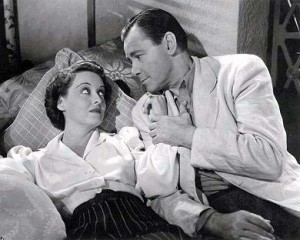
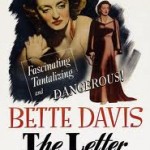
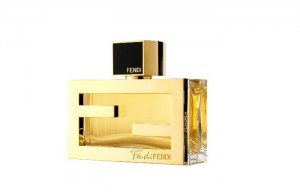
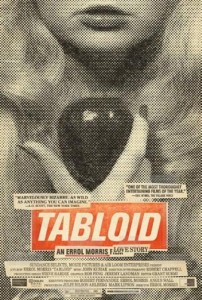
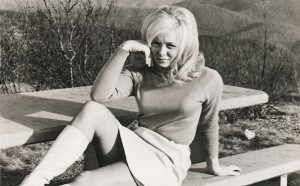
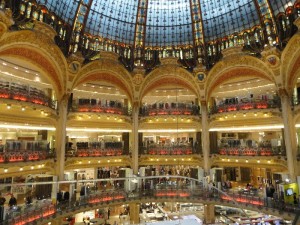


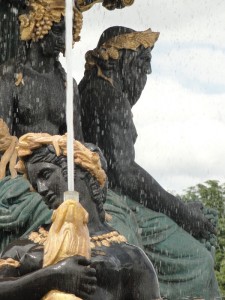

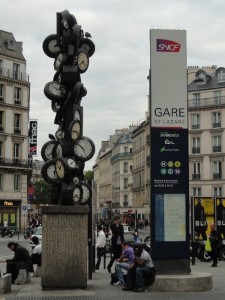
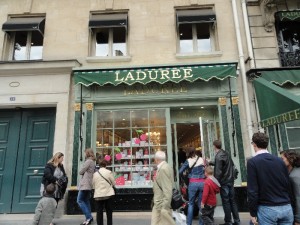


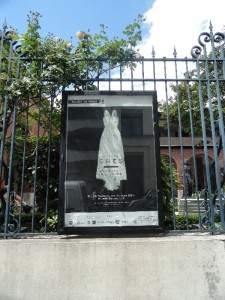
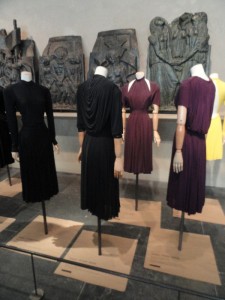
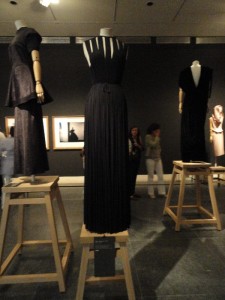

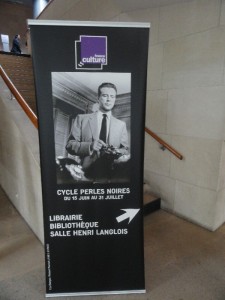
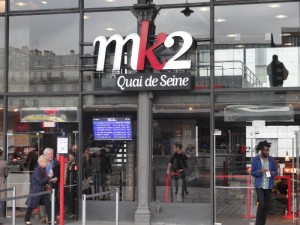

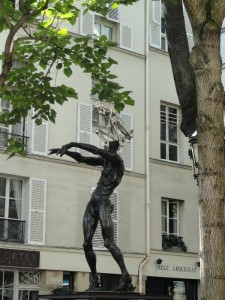

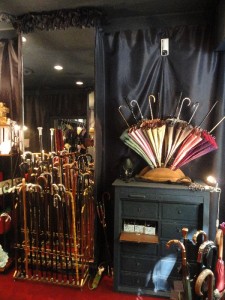

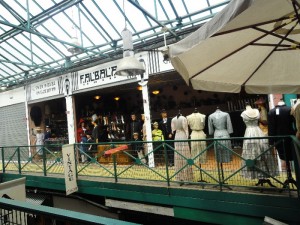
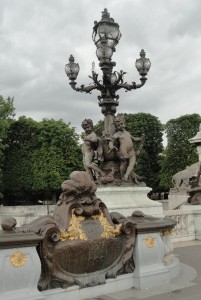
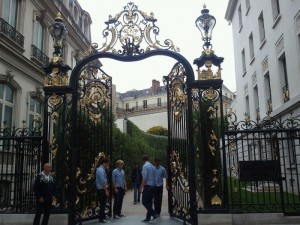
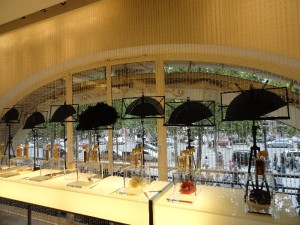
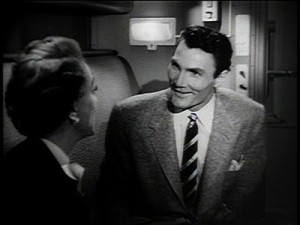
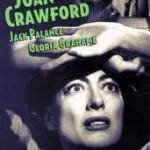
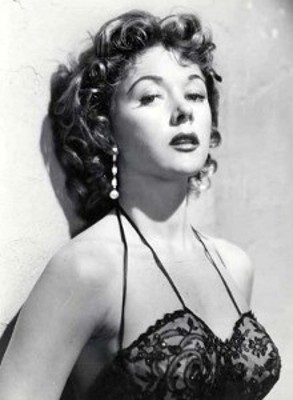
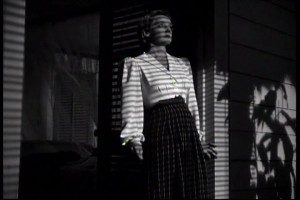





From FNB readers